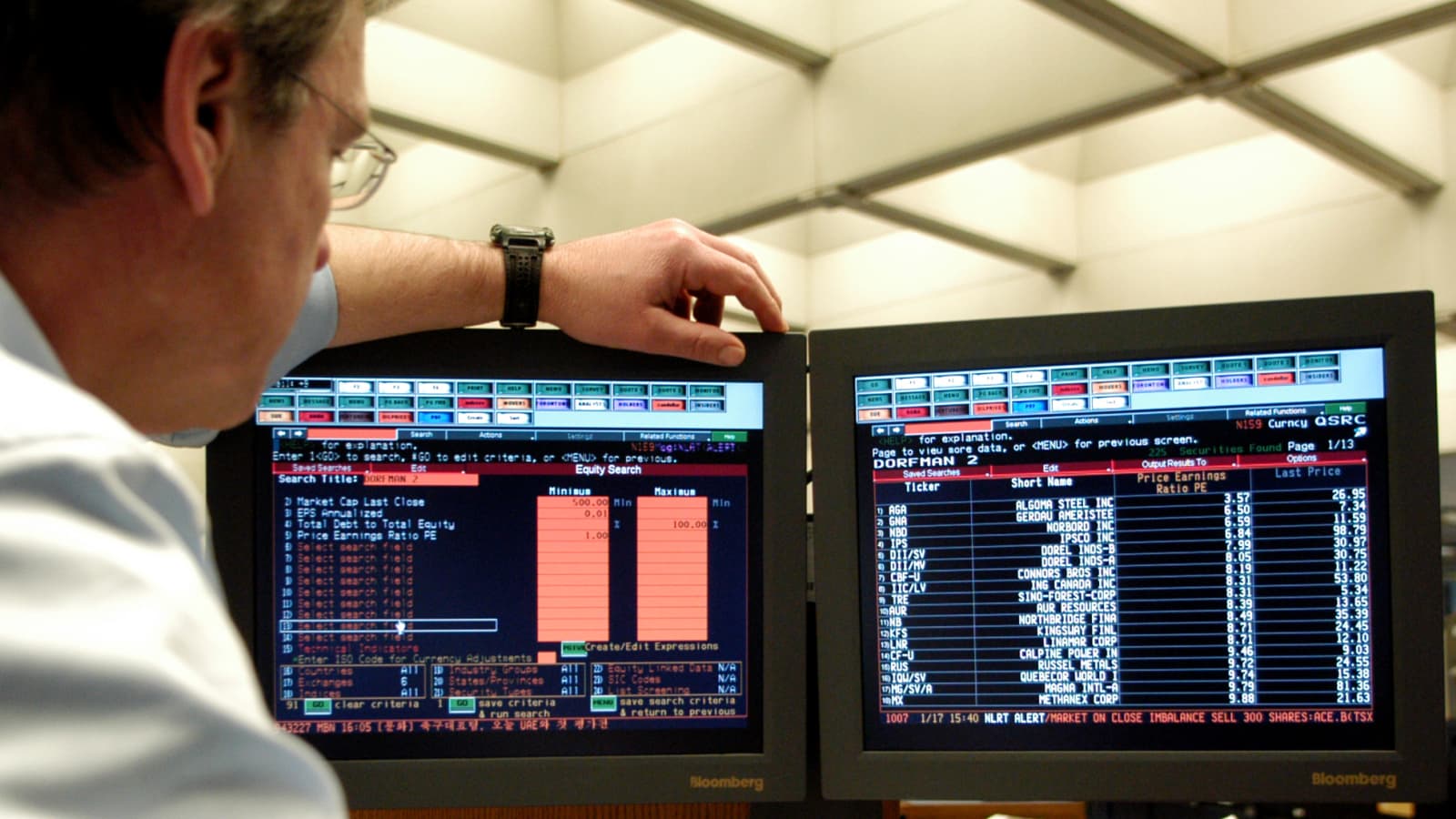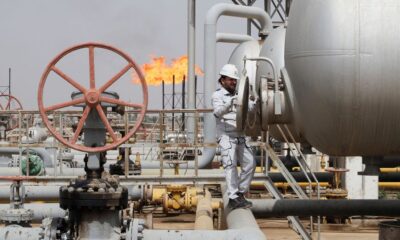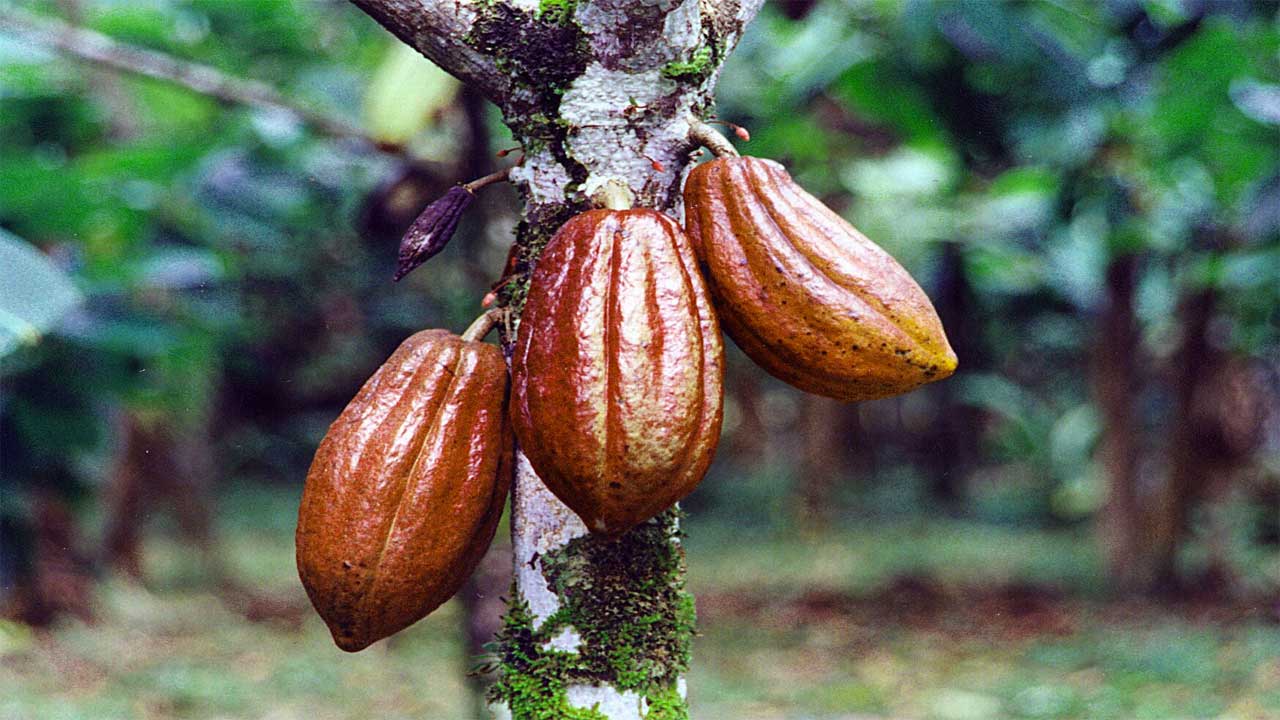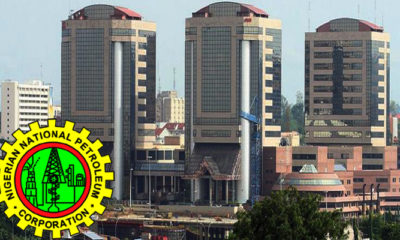Stock markets are bouncing back again on Wednesday as the seesaw price action continues in the face of significant Omicron uncertainty.
Today’s rebound really doesn’t feel particularly warranted given what little we know about Omicron at this point and what Jerome Powell said yesterday. A hawkish central bank and clearly concerned governments around the world is hardly the recipe for a new surge in the stock market.
But then, buying dips has often appeared to defy logic and yet been very effective so you can’t blame investors for giving it a try. And let’s face it, we’re a good headline on vaccine effectiveness away from a potentially tasty Santa rally. Maybe that’s the play for those jumping back in despite the worrying signs around the new variant.
Whether these rallies will have the legs over the next week or two maybe doesn’t matter in that sense. And I’d be surprised if they do until we get more information.
It’s perhaps more surprising that Powell’s comments haven’t had a bigger impact. For the Chairman to wait so long to tell investors what they already know and choose to do so at a time of real uncertainty when many still expect the central bank to be the backstop is both bizarre and a big deal. Is Powell trying to lay the groundwork for a faster tightening of policy if Omicron turns out not to be too bad, or regardless of whether it is or not?
CBRT intervenes as Erdogan vows there’s no going back
It’s been another wild session for the lira after the CBRT intervened in the markets and President Erdogan doubled down on his assault on interest rates, stating there’s no going back from the current economic model. The lira continued to fall on these comments prior to the intervention which only gave the currency a temporary lift.
The CBRT won’t be able to fight the market forever in its pursuit of rate cuts without consequences. The only thing they’re bringing to the market is more volatility and two-way price action but if they continue on the path they are on, then stability will elude them and the whole experiment will come at a great cost. Perhaps this is the first step towards Turkey joining Team Bitcoin?
Oil edges higher ahead of massive OPEC+ meeting
Oil remains extremely volatile ahead of tomorrow’s OPEC+ meeting when the group will decide if and how to respond to the Omicron news and last month’s coordinated SPR release by major consuming nations. On the latter, I don’t think there’ll be a direct retaliation – perhaps a warning – but it may feed into any decision-making on the new variant.
I still think the meeting has come too soon. That’s evident in the fact that it was pushed back by a couple of days in order to gather more data. And I’m not sure there’s enough at this stage to make an informed judgment. And if they had, by their own admission, factored in another wave this winter, then there should be no need to adjust at this stage. Although the SPR release may push some to support it anyway under the guise of an Omicron response.
With prices having fallen so far from the highs – around 20% – a one-month pause, for example, could see crude bounce back sharply and would discretely undo any benefit resulting from the SPR move.
Gold awaiting more data
Gold is really struggling for direction at the momentum, having repeatedly failed to generate any momentum above $1,800. It’s not in decline anymore but it can’t seem to make its mind up. The dollar easing in recent days and the huge amount of uncertainty in the markets should be giving it a lift but then we have seen near-term yields rising as the Fed has accepted more action may be necessary.
Perhaps like the rest of us, gold traders are simply waiting on more information before deciding where to head next. Choppy price action may be here to stay for now but the next couple of weeks will shed a light of light on what’s in store, at which point we should see gold find some direction once more.
Bitcoin benefiting from improved risk appetite
Bitcoin is enjoying some reprieve in today’s risk recovery but just like other assets in the same bracket, remains vulnerable to the continual shifts in sentiment as information slowly appears. We seem to be jumping from good news to bad news and back again on a daily basis which perhaps doesn’t bode well for Thursday. Although at this stage and after such a pullback in risk assets, no news may also bring some temporary relief.



























